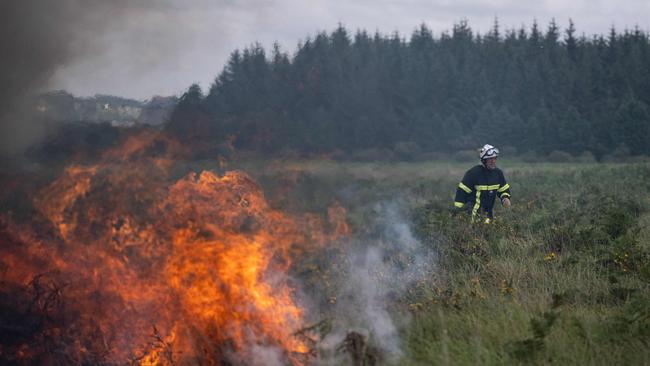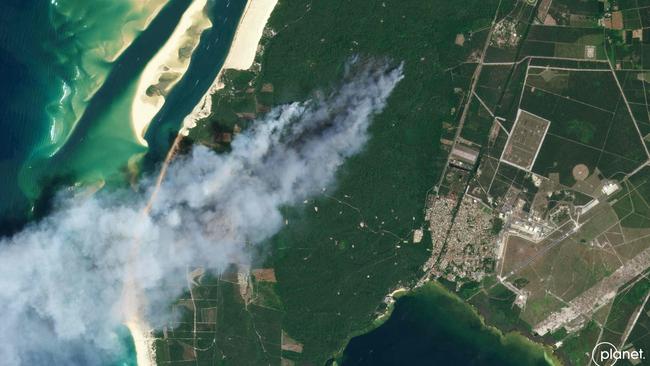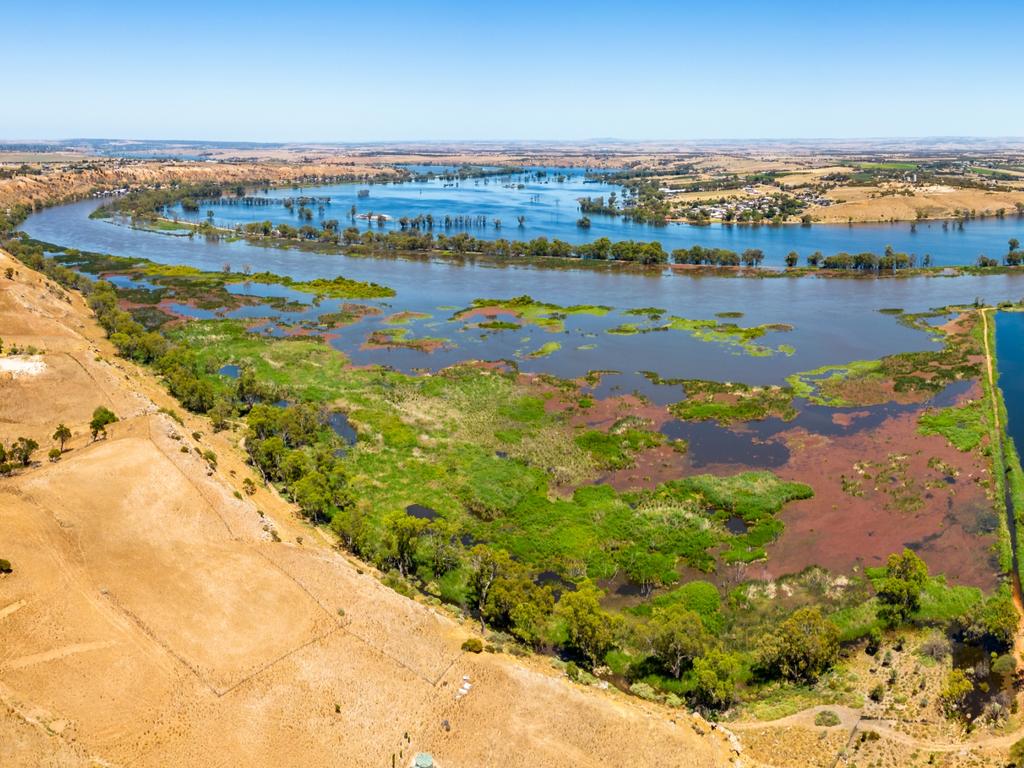UN reports eight hottest years globally despite La Nina
The past eight years were the hottest globally since records began, the UN’s weather agency has revealed, despite the cooling influence of a drawn-out La Nina weather pattern.

The past eight years were the hottest globally since records began, the UN’s weather agency has revealed, despite the cooling influence of a drawn-out La Nina weather pattern.
Last year, as the world faced a cascade of unprecedented natural disasters, the average global temperature was about 1.15C above pre-industrial levels, the World Meteorological Organisation said on Friday (AEDT).
The US National Oceanic and Atmospheric Administration and NASA released similar 2022 global temperature figures and Bill Nelson, head of the US space agency, described them as alarming.
“Forest fires are intensifying, hurricanes are getting stronger, droughts are wreaking havoc, sea levels are rising,” Mr Nelson said. “Extreme weather patterns threaten our wellbeing across this planet – and we need some bold action.”
The WMO said the past eight years “were the warmest on record globally, fuelled by ever-rising greenhouse gas concentrations and accumulated heat”.
The hottest year on record was 2016, followed by 2019 and 2020, it found. Last year marked the eighth consecutive year annual global temperatures were at least 1C above pre-industrial levels from 1850 to 1900.
La Nina, which has brought three consecutive mild summers with above-average rainfall to Australia’s east coast, has a cooling effect on global temperatures. Last year was the fifth or sixth hottest year ever recorded, the WMO said.
The UN agency said the impact globally of La Nina, which is expected to end within months, would be short-lived. The weather pattern, it said, would not reverse the long-term warming trend caused by record levels of heat-trapping greenhouse gases in the atmosphere.
The situation last year was extreme in some places.
WMO chief Petteri Taalas highlighted extreme weather events in 2020, pointing to floods that submerged a third of Pakistan, record-breaking heatwaves in China, Europe and the Americas, and a drawn-out drought in the Horn of Africa.

The European Union’s Copernicus climate monitor said in its annual report this week that the planet’s polar regions experienced record temperatures last year, as did large swathes of the Middle East, China, central Asia and northern Africa. Europe endured its second-hottest year ever as France, Britain, Spain and Italy set average temperature records and heatwaves across the continent were compounded by drought conditions.
The Paris Agreement, agreed by nearly all the world’s nations in 2015, called for capping global warming at 1.5C above pre-industrial levels, which scientists say would limit climate impacts to manageable levels. The WMO warned that “the likelihood of – temporarily – breaching the 1.5C limit … is increasing with time”.
Russell Vose, NOAA’s chief of climate monitoring, said there was a 50-50 chance that there will be a year in the 2020s more than 1.5C above pre-industrial levels, although a sustained average of 1.5C warming is not projected to occur until the late 2030s or 2040s.
The WMO reached its conclusions by consolidating six leading international datasets, including those of NOAA and the European Union’s Copernicus climate monitor (C3S).
AGENCIES







To join the conversation, please log in. Don't have an account? Register
Join the conversation, you are commenting as Logout